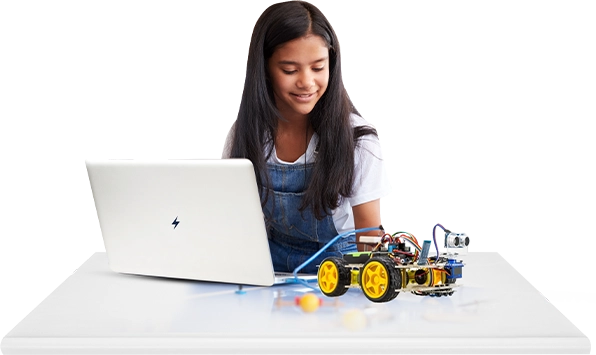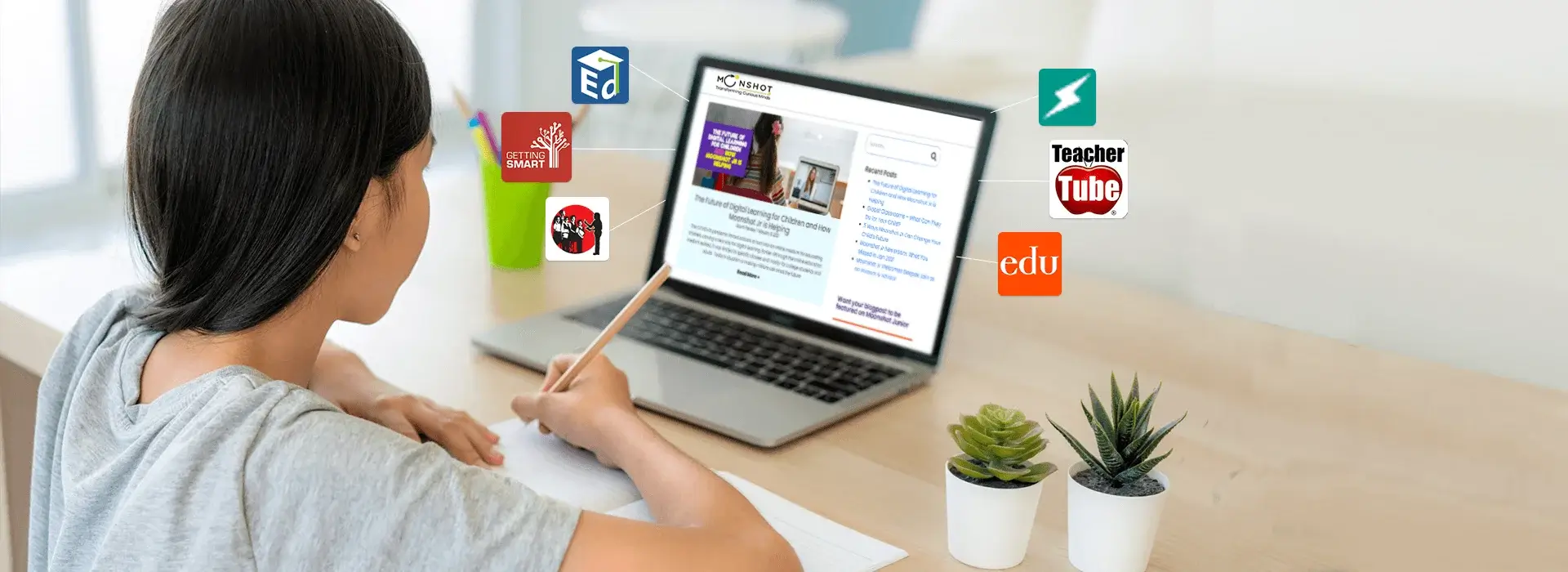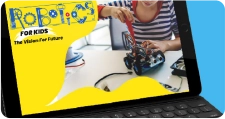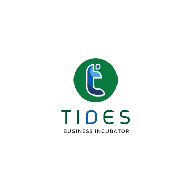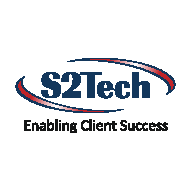Have you ever gazed at a problem and considered several ways to fix it? That‘s divergent thinking at work! It‘s the type of thinking that sparks creativity, innovation, and outside-the-box solutions. But what is it, really, and how does it differ from convergent thinking? Let‘s simplify it.
Understanding Divergent Thinking
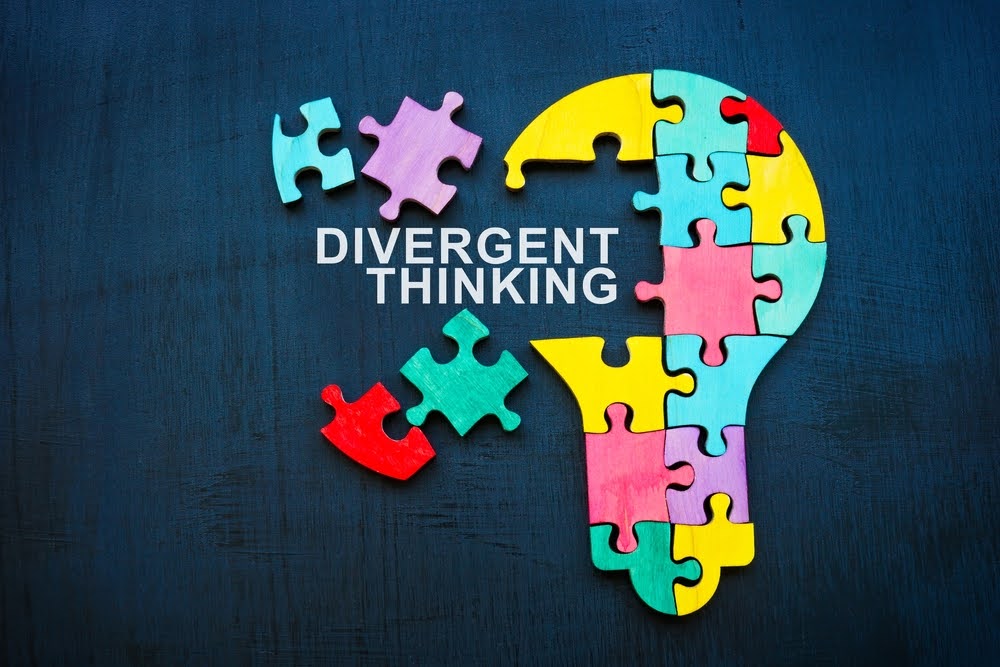
Divergent thinking is a problem-solving approach where you consider many possible solutions and not stick to a single, straightforward answer. It’s the kind of thinking that inventors, entrepreneurs, and artists do to come up with something new. Instead of following a strict set of rules, divergent thinkers brainstorm, try things out, and think outside the usual script.
For example, if someone is asked, “What can you do with a paperclip?”, a divergent thinker will think of a million things—turn it into a hook, use it as a zipper pull, or even turn it into tiny art! The goal is not to produce the right answer but to generate as many ideas as one can.
The Science Behind Divergent Thinking
Scientific research has revealed that divergent thinking engages multiple regions of the brain, the prefrontal cortex and hippocampus, which are credited with creativity and memory. fMRI scans have shown that individuals who possess higher divergent thinking ability also have more connections in their neural networks, facilitating easier processing of unconventional thoughts.
Based on a research study by Dr. Robert Sternberg, intelligence and creativity complement each other, but divergent thinking is an ability that may be developed no matter what a person‘s IQ is. What this means is that with appropriate methods, anyone can learn how to acquire this ability.
Divergent vs. Convergent Thinking: What’s the Difference?
To get a sense of divergent thinking, it is helpful to contrast it with convergent thinking. These two methods are two sides of the same coin:
| Divergent Thinking | Convergent Thinking |
|---|---|
| Generates multiple ideas | Narrows down to one best answer |
| Encourages creativity | Focuses on logic and efficiency |
| Open-ended and exploratory | Goal-oriented and structured |
| Used in brainstorming and innovation | Used in problem-solving and decision-making |
Whereas divergent thinking is all about venturing into possibilities, convergent thinking is about narrowing down those ideas into one practical solution. Both are vital, but having an idea when to apply which is the essence of effective problem-solving.
Advantages of Divergent Thinking
Divergent thinking isn’t only for creative professionals—anyone can benefit from it. Here‘s why:
- Enhances Creativity – The more you exercise your mind in going in many different directions, the more creative you get.
- Enhances Problem-Solving – No longer do you feel stuck, as you can approach problems from many sides.
- Fosters Innovation – Most revolutionary concepts stem from individuals who are not afraid to think differently.
- Increases Adaptability – When life presents sudden problems, a divergent thinker comes up with adaptable solutions.
Real-World Applications of Divergent Thinking
Divergent thinking is essential in many fields. These are some real-life applications:
- Walt Disney Imagineers use divergent thinking to create innovative theme park attractions, blending creativity with technology to enhance visitor experiences.
- Steve Jobs and Apple revolutionized the tech industry by imagining devices that consumers didn’t even know they needed—like the iPhone.
- LEGO’s Turnaround – In the early 2000s, LEGO was struggling. By embracing divergent thinking, they introduced new themes, video games, and collaboration with entertainment franchises, leading to a major comeback.
Divergent Thinking in Education
Teachers are increasingly incorporating divergent thinking in classrooms to foster creativity and independent thought. Strategies include:
- Project-Based Learning (PBL) – Students engage in open-ended projects so they can investigate many solutions.
- Creative Writing Exercises – Asking students to come up with alternative endings to a story promotes creative problem-solving.
- Group Brainstorming Sessions – Discussing many ideas leads to more varied solutions.
Challenges of Divergent Thinking
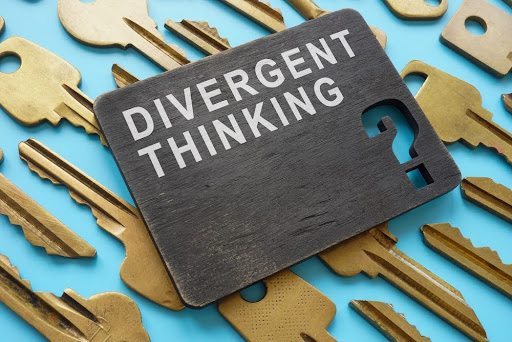
Although divergent thinking is valuable, it has its own challenges:
- Overwhelm from Too Many Ideas – Having too many ideas can sometimes be a hindrance in deciding which one to use.
- Fear of Failure – Most people are afraid to think differently because they do not want to fail.
- Resistance to Change – Organizations and individuals accustomed to traditional thinking may resist divergent approaches.
In order to overcome the above challenges, it‘s critical to achieve balance between divergent and convergent thinking, focusing on refining concepts while still preserving a creative thinking approach.
How Businesses Can Tap into Divergent Thinking
Businesses that foster divergent thinking tend to be at the forefront of their industries in innovation. Here‘s how businesses implement it:
- Google‘s “20% Time“ Policy – Workers are incentivized to dedicate 20% of their time working on passion projects, resulting in innovations such as Gmail and Google Maps.
- Brainstorming and Ideation Sessions – Companies conduct regular sessions in which employees brainstorm new ideas without any fear of criticism.
- Customer-Centric Innovation – Companies such as Amazon utilize divergent thinking to anticipate customer requirements and create new services such as Alexa and one-day shipping.
Put Your Divergent Thinking to the Test!
Let’s have some fun! Here’s a quick challenge to stretch your creative muscles:
The “Endless Uses” Game
- Grab any everyday object around you—maybe a paperclip, a brick, a spoon, or even a rubber band.
- Set a timer for 3 minutes and brainstorm as many unusual or creative uses for it as possible. No idea is too weird!
- Push yourself to think beyond the obvious. Can a paperclip become an emergency earring? Can a spoon double as a catapult?
🔹 Example: If you choose a paperclip, you might come up with:
- A bookmark
- A tiny lock pick
- A phone stand
- A tool to press reset buttons
Suggested: Try this with a friend and see who comes up with the wildest ideas!
How to Develop Divergent Thinking Skills
Good news! You can train your brain to think more divergently. Here are some simple ways to get started:
- Ask “What If?” Questions – Challenge yourself with hypothetical scenarios. What if humans could fly? What if we lived underwater?
- Brainstorm Without Limits – Set a timer and list as many ideas as possible without judging them.
- Try New Experiences – Read different genres, travel to new places, or learn a new skill. Exposure to diverse experiences sparks creativity.
- Embrace Mistakes – Some of the greatest inventions came from accidents! Instead of fearing failure, see it as part of the process.
- Mind Map Your Ideas – Start with one concept and branch out into different possibilities.
Final Thoughts
Divergent thinking is all about breaking free from traditional thought patterns and exploring creative solutions. Whether you’re brainstorming ideas, solving problems, or simply looking to boost your creativity, practicing this skill can open up a world of possibilities. And remember, while divergent thinking helps generate ideas, convergent thinking helps refine them. The best thinkers know how to balance both!
So the next time you are presented with a challenge, take a moment and say to yourself—what are all the ways you can look at this? You may be surprised at what ideas come to you!
Moonpreneur is on a mission to disrupt traditional education and future-proof the next generation with holistic learning solutions. Its Innovator Program is building tomorrow’s workforce by training students in AI/ML, Robotics, Coding, IoT, and Apps, enabling entrepreneurship through experiential learning.



